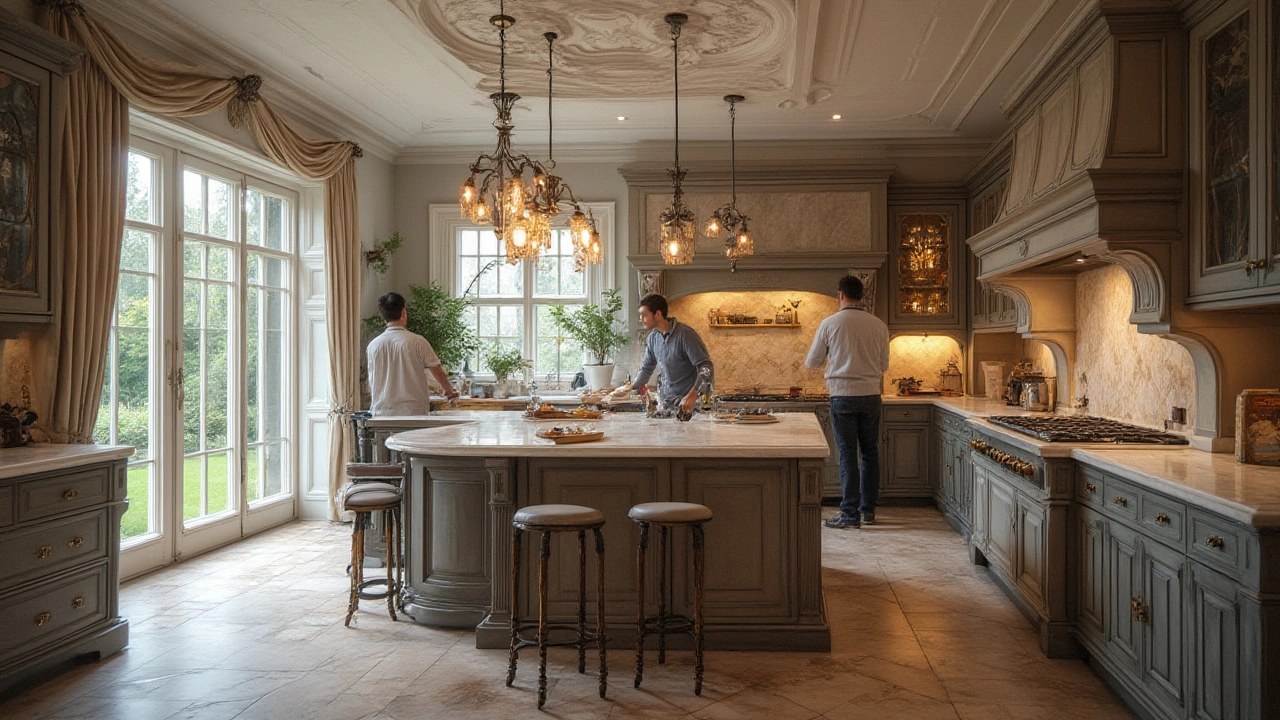House Renovation Costs: What to Expect and How to Keep Them Under Control
Thinking about a remodel? Before you pick paint colours or new tiles, you need a realistic picture of the money side. Renovation costs can swing wildly – a kitchen update might be a few thousand pounds, while a full‑scale house overhaul can push six figures. The key is to know where the big numbers hide and how to stay in the driver’s seat of your budget.
Breaking Down the Biggest Cost Factors
Labour usually takes up the biggest slice of the pie. Skilled trades – plumbers, electricians, carpenters – charge by the hour, and delays can quickly add up. Materials come next; high‑end flooring or custom cabinets will cost more than standard options. Don’t forget permits and inspections – skipping them can lead to fines or costly re‑work later. Finally, unexpected issues like hidden water damage or structural cracks can spike the bill, just like the "most expensive foundation repair" scenarios we see in the industry.
Practical Tips to Keep Your Renovation Budget in Check
Start with a clear, written scope. List every room, every finish, and every fixture you want. This prevents surprise add‑ons when the contractor shows up with a new quote. Get at least three quotes and compare not just price, but what’s included – some firms bundle waste removal, others charge extra.
Buy off‑the‑shelf materials where you can. For example, luxury vinyl plank offers the look of hardwood without the high cost, and it’s a top trend for 2025 living rooms. If you love the look of engineered hardwood, consider it for high‑traffic areas only, and use cheaper flooring elsewhere.
Schedule work wisely. Combining projects – like a bathroom remodel and a small kitchen upgrade – can save on mobilisation fees and reduce waste removal costs. Keep an eye on the timeline; each extra week of labour adds up. A typical small bathroom renovation takes around 2‑3 weeks, so plan for that window and avoid unnecessary delays.
Set aside a contingency fund – 10‑15% of the total budget – for the inevitable surprises. It’s better than scrambling for cash when a hidden mold problem pops up, especially after the new‑build mold articles warned us about.
Finally, don’t be shy about DIY where you’re capable. Painting walls, installing fixtures, or assembling flat‑pack furniture can shave a few thousand off the total. Just make sure you stay within your skill range – a botched job can cost more to fix than to hire a pro.
Renovating your home doesn’t have to be a financial nightmare. By breaking down costs, planning ahead, and making smart material choices, you can keep the project on track and still end up with a space you love.
What is the Most Expensive Thing to Renovate in a House? Real Costs Uncovered
- Gavin Whitaker
- |
- |
- 0
Uncover the most expensive elements to renovate in a house. Find out which upgrades truly break the bank and how to get the most value for your dollar.
View more